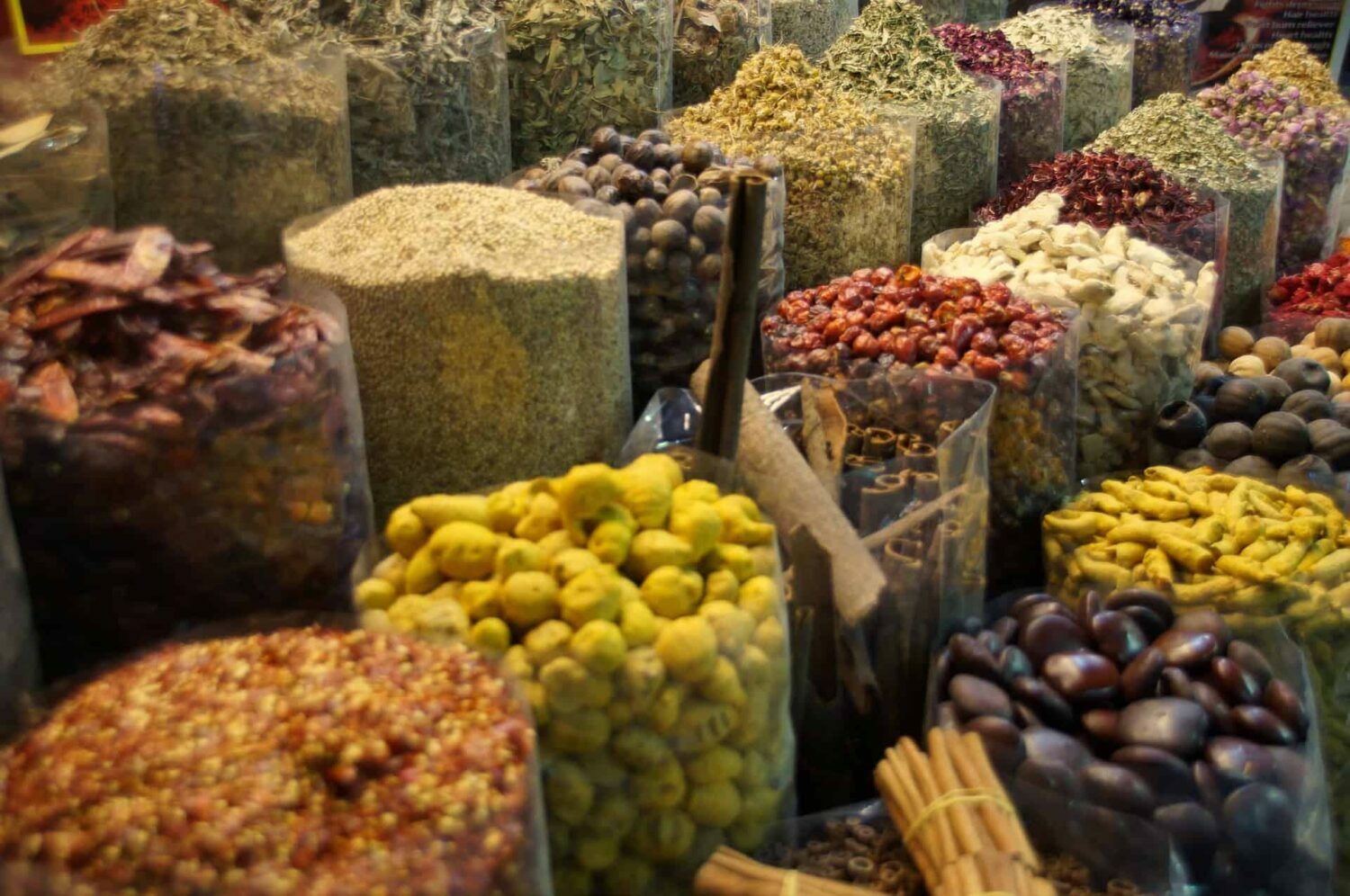ROME, ITALY – The situation in the Red Sea has not yet been reflected in the pace of prices for foods monthly reflected in the FAO Food Price Index, Monika Tothova, the economist at the Food and Agriculture Organization of the United Nations (FAO) said.
“Following on its 2023 and early 2024 trajectory, the FAO Food Price Index declined in February by 0.7 percent, standing 10.5 percent below its value one year ago, and 26.8 percent below the peak it reached in March 2022,” the economist told TASS.
The decline in the Index in February 2024, “Was led by decreases in the price for cereals and vegetable oils which more than offset increases in the sugar, meat and dairy prices,” the expert said.
The FAO Index is formed on the basis of export prices, Tothova said.
“These usually include a shipping to a particular destination or port in the exporting country but not to the final destination. The insurance and freight cost to the final destination depend on a number of parameters,” she said.
The Index drop, “Means that export prices have declined in the past month. Not all countries report prices they pay for their imports (which includes shipping and insurance), and some report this information with a delay,” she added.
The route via the Red Sea route accounts for slightly more than 10 percent of the global maritime trade volume and its most significant part is composed of shipped energy products, largely crude oil and liquefied petroleum gas, Tothova said.
“For agricultural commodities, the passage secures exports of grains and oilseeds from the EU, Russian Federation and Ukraine to Asia and east Africa. Similarly, rice and other commodities head eastwards from Asia. Fertilizer trade, including potash from Russian Federation to Asia, also transits through the Red Sea,” she said.
“A number of shipping companies responded to the threat of attacks by rerouting maritime traffic via the Cape of Good Hope. Even if vessels are not rerouted, insurance costs for passing the Strait have been reported to have increased, although the cost of insurance data is often proprietary,” she added.







